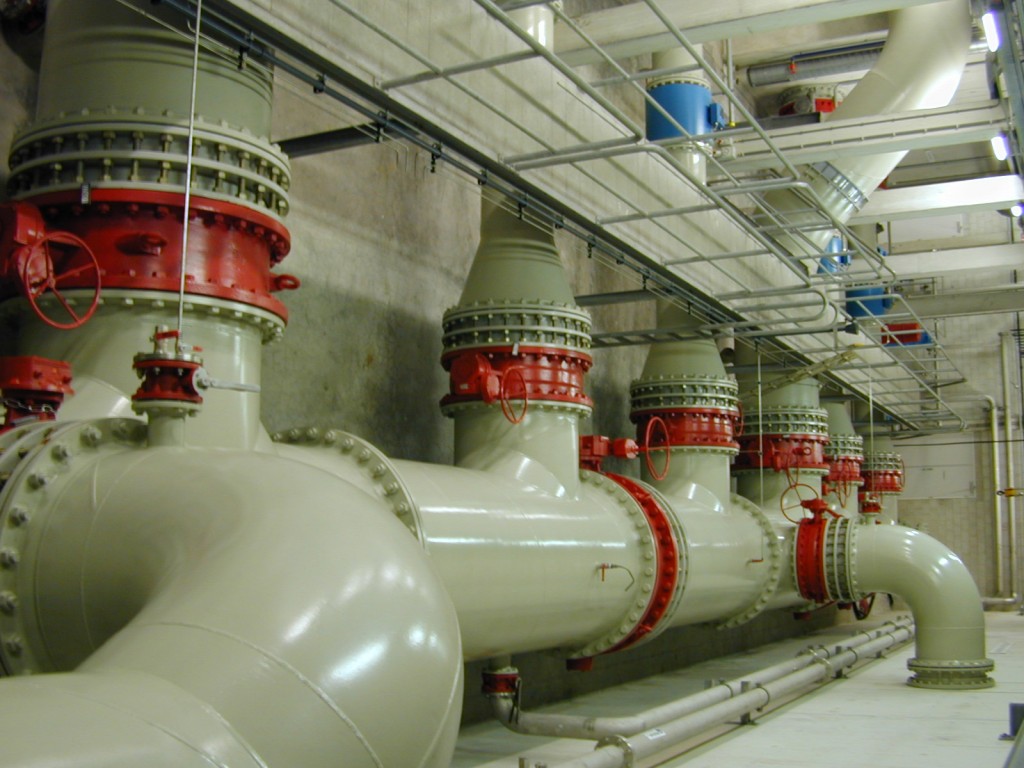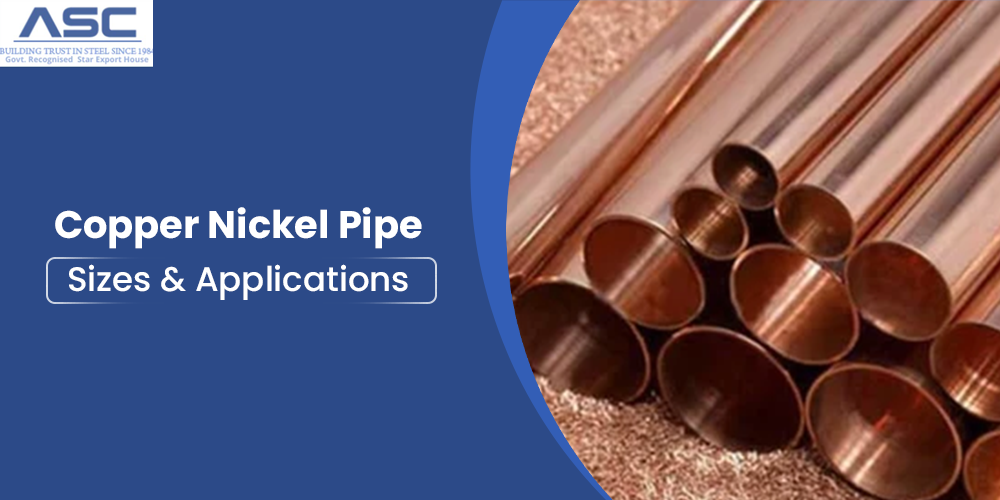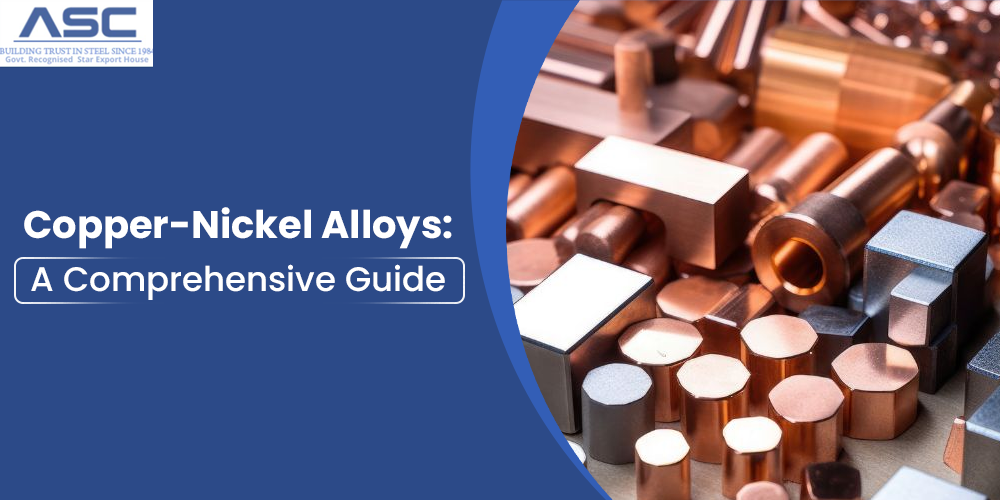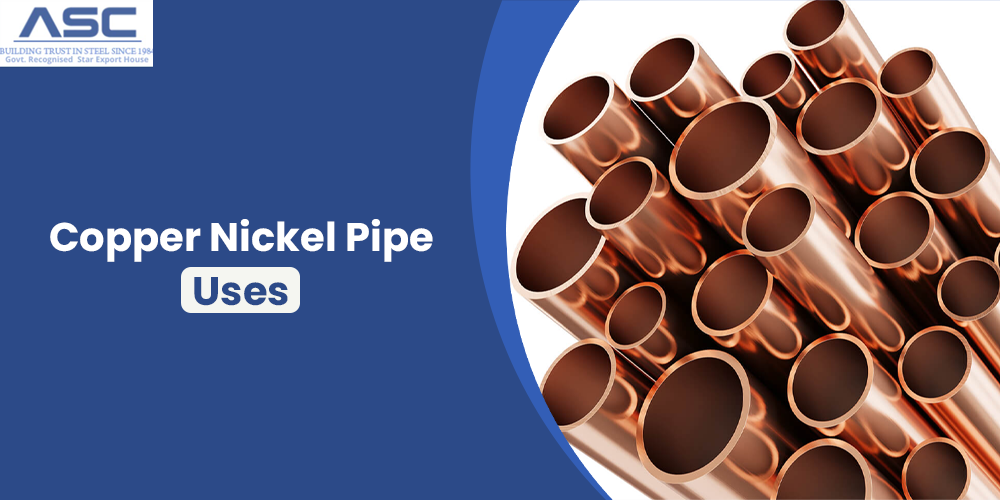What is the Manufacturing Process for Pipe Fittings?
Posted on August 13, 2021 at 12:15 PM

What are Pipe Fittings?
When it comes to pipe systems, fittings and adapters are used to join straight pieces of pipe or tube, adapt to different sizes or forms, and for other reasons, such as controlling (or monitoring) fluid flow. These fittings are used in plumbing to manipulate water, gas, or liquid waste transportation throughout a system of pipes or tubes in household or business contexts.
As part of the design or manufacturing process, standard codes are adhered to in the construction of pipe systems. Among the organisations that publish pipe standards are:
ASME: American Society of Mechanical EngineersASTM International: American Society for Testing and Materials
What are the Materials Used in Piping Systems
Choosing a pipe is typically based on the material it is made of. In the manufacture of pipes, materials such as include
Fittings for pipe and tubing are often made of the same material as the pipe or tubing they are connecting: copper, steel, PVC, CPVC, or ABS. Any material authorised by the plumbing, health, or construction codes (as applicable) may be used, but it must be complementary with the other components in the structure, the fluids being transferred, and the pressure and temperature inside (and outside) the system. Pipe and plumbing systems that use copper frequently incorporate brass or bronze fittings to connect the copper piping throughout. Material selection is also influenced by variables like fire and earthquake resistance, mechanical toughness, theft resistance, etc.
Role of Gender in Pipe Fittings
Fittings are often used to join piping or tubing. Assigning a gender to connectors is done using the abbreviation M or F. In the case of "34-inch female adapter NPT", a male connection of the same size and thread standard would be required (in this case also NPT) (NPT- National Pipe Thread)
Manufacturing Process of Pipe Fittings
Fittings are produced from Seamless Pipe and Welded Pipe with filler material (ERW & EFW pipes cannot be used to manufacture fittings). Plate is used to make big diameter fittings.
Hot and cold forming techniques are utilised to make wrought fittings.
As a result of these approaches:
Five type of manufacturing process are:
Buttweld Pipe Fittings
Buttweld Pipe Fittings include long radius elbow, concentric reducer, eccentric reducers, and Tees, etc. To change direction, split off, or mechanically attach equipment to the system, buttweld stainless steel and carbon steel fittings are essential. Nominal pipe diameters for buttweld fittings are shown with a pipe schedule. Standard B16.9 defines the dimensions and tolerances for BW fittings. Buttweld Pipe fittings made of carbon steel and stainless steel have numerous benefits over forged threaded pipe fittings and forged socket weld pipe fittings, such as the fact that they are more durable. Buttweld pipe fittings are available in diameters from 1/2" to 72", whereas forged threaded pipe fittings and forged socket weld pipe fittings are only available up to a nominal size of 4".
These are some of the advantages of buttweld pipe fittings:
Forged Fittings (Forged Socket Weld Pipe Fittings & Forged Threaded Pipe Fittings)
Forged fittings, that are forged socket weld pipe fittings and forged threaded pipe fittings, are made from solid blocks of steel that are machined to produce the final necessary shape within the tolerances defined by the applicable standards. Buttweld fittings, on the other hand, are made by cutting, bending, and shaping seamless or welded steel pipes. When a robust and long-lasting connection is needed, socket weld pipe fittings are the way to go. Despite its reliability, socket weld fittings need a lot of time to install in a pipe system (due to the heavy workload caused by welding operations on small parts).
A socket weld pipe fittings comes in diameters from 1/8 to 4 inches, with tensile strengths ranging from 2000# to 9000#.
Socket weld pipe fittings are commonly used in the following situations:
Employment of forged threaded pipe fittings is limited to less critical pipe systems (such as water distribution and cooling) or to low-pressure installations that are not susceptible to vibration or other stresses such as stretching and bending. It is not recommended to use forged threaded pipe fittings when the fluid temperature is continually changing, since the rapid fluctuations may cause the connection to fail.
Conclusion
At Amardeep Steel, various types and specifications of different pipe fittings are available. These pipe fittings are of premium quality and are extremely reliable amongst the consumers globally. Amardeep Steel is a specialist manufacturer of a large variety of industrial supplies.


